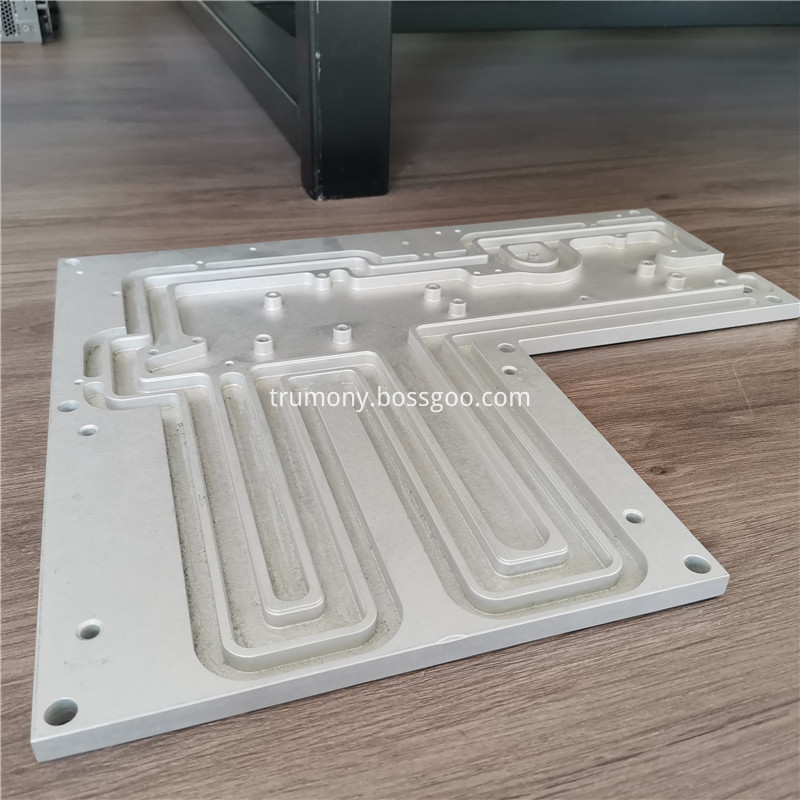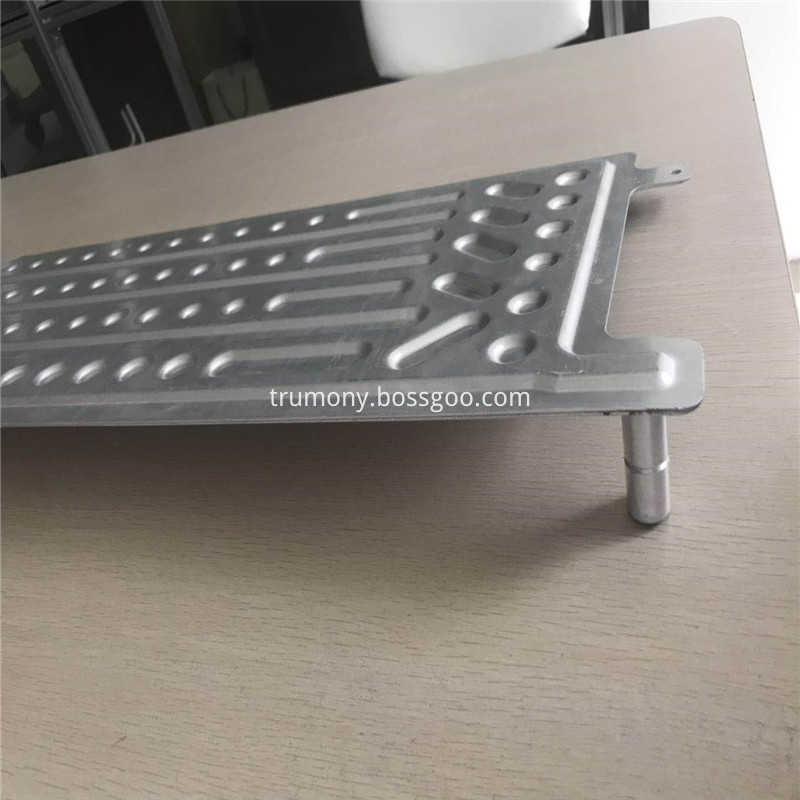In the future, smart pressure transmitters will play a major role in the market. Most users of pressure transmitters are actively adopting smart structural devices, and the need for conventional structures is declining. The sales volume of the smart pressure transmitter market was 1'02 billion U.S. dollars in 1991, and it will reach 172 million U.S. dollars in 1996, with an average annual growth rate of n%. At the same time, the demand for traditional pressure transmitters will drop by an average of 8% annually. %. The early entry into the Chinese market was the traditional U.S. 1151, 1751 capacitive pressure transmitters and Japan and other national products.
The development of pressure transmitters has gone through four phases: (l) Early pressure transmitters used large-displacement operating principles, such as mass-produced mercury float differential pressure meters and bellows differential pressure transmitters. The transmitter is low precision and heavy. (2) In the 1950s, there was a force balance type differential pressure transmitter with a slightly higher accuracy, but the feedback force was small, the structure was complicated, and the reliability, stability, and vibration resistance were all poor. (3) In the mid-1970s, with the advent of new processes, new materials, and new technologies, especially the rapid development of electronic technologies, a displacement transmitter with compact size and simple structure appeared. (4) The rapid development of science and technology in the 1990s, these transmitters have high measurement accuracy and gradually develop into intelligent, digital signal transmission is more conducive to data acquisition. The development of pressure transmitters so far has occupied a significant proportion in the industry and has become a leader in many instrumentation industries.
It is believed that many users do not understand the principle of the pressure transmitter. The pressure transmitter sends two pressures to the measured medium into the high and low pressure chambers and acts on the isolation diaphragms on both sides of the δ element (ie, the sensor). , Through the spacer and the filling liquid in the component to the two sides of the measuring diaphragm. Measure the diaphragm and the electrodes on both sides of the insulating sheet to form a capacitor. When the pressures on both sides are inconsistent, the measuring diaphragm is displaced, and the displacement is proportional to the pressure difference. Therefore, the capacitance on both sides is not equal, and the signal is proportional to the pressure through the oscillation and demodulation steps. Pressure transmitters and absolute pressure transmitters work in the same way as differential pressure transmitters, except that the low pressure chamber pressure is atmospheric or vacuum.
The price-performance ratio of pressure transmitters has always been the most concerned in the market. With the deepening of reform and opening up, the transformation of old companies, the birth of new companies, the rapid development of computer applications and the aging of imported equipment in the past, etc., will prompt the rapid development of a pressure transmitter as a basic component of process inspection instruments. Almost every small county in China has small chemical fertilizer plants, boiler plants, breweries, brick factories, cement plants, etc., and shortage of funds is a common phenomenon, in which boiler automation obviously feels that traditional pressure transmitters are too expensive, so a large number of The Universal 1151 transmitter does not work on many occasions. In fact, users are most concerned about the product price and superior performance of this piece, in the later enterprise product development, we should follow the social development needs, to provide users with price optimization, product quality products.
Aluminum is a good metal suitable using in Heat Exchange industry. With 16 years' experience, Trumony is working in industrial heat exchange, automobile heat exchange and household heat exchange industry. Hence we have good supply in heat exchanger parts. Such as manifoild, water Cooling Pipe, heat pipe, micro channel multiport tube, high frequency welding tube. We have good solution in Heat Exchanger Parts which can help our clients to reduce their invention cost. All products are customized and please feel free to inform your needs and details with us. We are always care what our customer cares.



Heat Exchanger Parts,Heat Exchanger Components, Aluminum Profile Accessories,Heat Exchanger Spare Parts
Trumony Aluminum Limited , https://www.szaluminumpipe.com
![<?echo $_SERVER['SERVER_NAME'];?>](/template/twentyseventeen/skin/images/header.jpg)